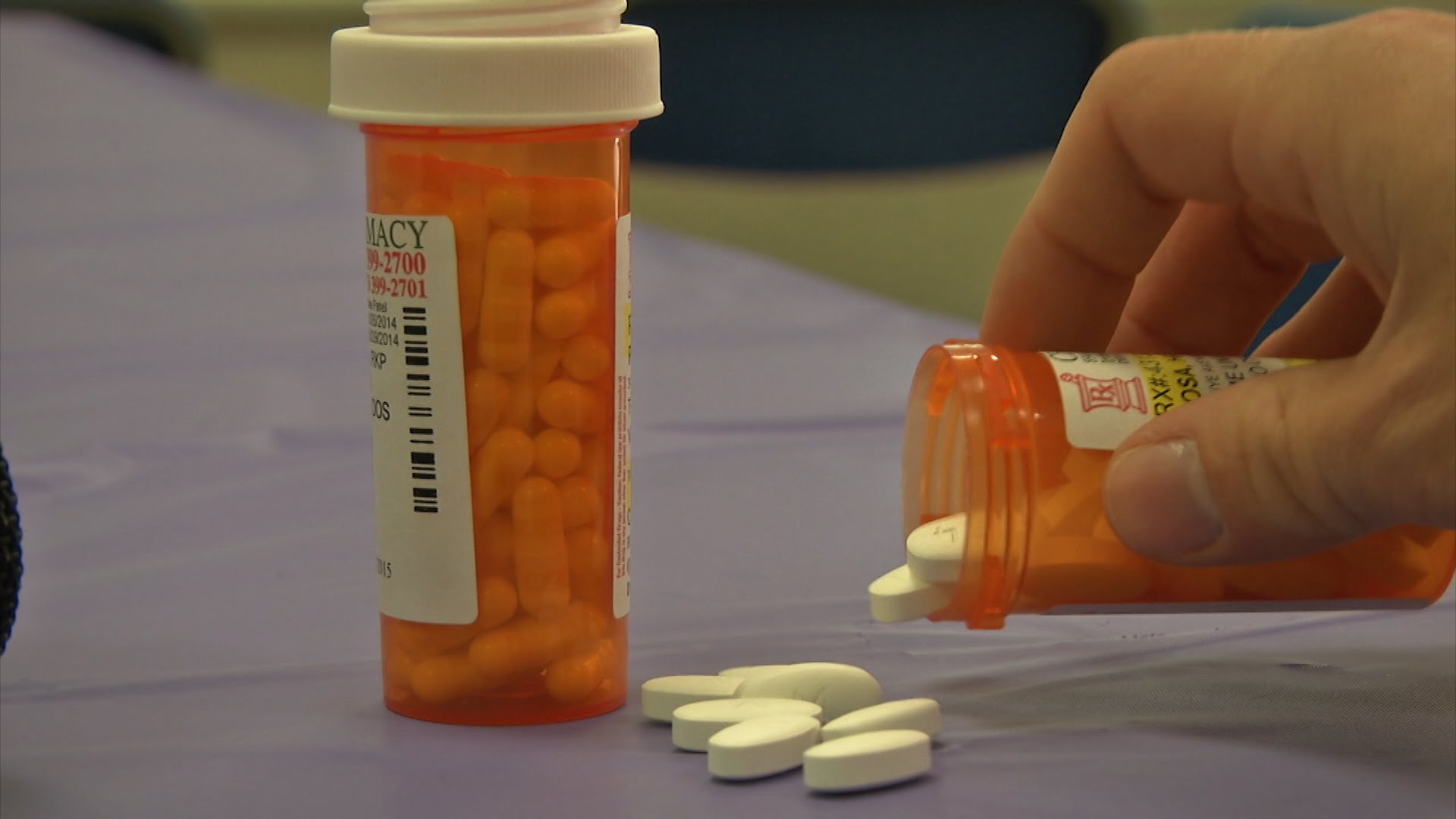America has a substantial problem with opioid addictions. Prescription drug overdose rates have more than doubled over the past fifteen years, and deaths from opioid use have tripled in that time. In states across the country, heroin and prescription medication abuse has risen to epidemic levels. In 2014 alone, an estimated 4.3 million Americans were found to have abused prescription painkillers, and opioid use among women in particular has increased substantially.
It appears as though the House of Representatives has taken notice, as they recently passed 18 bills in an effort to curb the epidemic. Most received bipartisan support, and attempt to limit access to opioids and would simultaneously expand access to drugs which can reverse an opioid overdose. But even with the overwhelming support, a mere $103 million has been authorized for the programs.
According to Patch, advocates of the bills are “cautiously pleased.” Many advocates had raised alarms weeks ago, as the primary House bill titled the Comprehensive Opioid Abuse Reduction Act (CARA) had previously focused too heavily on the law enforcement, and too little on treatment, and rehabilitation. Relying on the correctional system to treat mental illnesses has its own set of complex challenges, and as the Social Work program at New England University reports, incarceration is more likely to exacerbate substance abuse disorders, rather than solve them.
“Addiction is a health issue and not a crime,” voiced Patty McCarthy Metcalf, a recovering alcoholic and drug addict who now directs the nonprofit Faces and Voices of Recovery. “If CARA is really going to make an impact, we need to look at the longer-term chronic care model, the supports in the community, connections with treatment, and the resources for communities to work together to solve this problem.”
Drug and alcohol rehabilitation facilities too often have long waiting lists, or high costs, ensuring that even those who are ready and open to confronting their addictions must wait months for a chance to recover.
Others have voiced their concern for the House opioid package, as well. Earlier this year, President Obama addressed members of the National Rx Drug Abuse & Heroin Summit, where he argued that altering the trajectory of opioid abuse should be on top of the federal government’s radar, alongside “the threat of terrorism, responding to natural disasters and promoting a strong economy.” More recently, President Obama voiced that he hoped to spend 10 times more than the authorized $103 million promised by the House.
Others noted that if congress were serious about the issue, the money would have been found, and the amount allocated would have been significantly larger.
“If this is their version of their big moment to address the overdose epidemic, then they’ve only done half their job,” Daniel Raymond of the Harm Reduction Coalition notes. “They passed some solid bills that will make a difference for things like medication-assisted treatment and naloxone-reversed overdoses, but if states and communities don’t get a substantial investment…we will continue to see the number of deaths going up.”
While it’s clear that leaders are actively looking for solutions to the opioid and prescription drug epidemic, without proper funding, it’s likely that we will only continue to see increased fatalities across the United States.
Danika is a musician from Northwestern U.S., who sometimes takes a 30 minute break from feminism to enjoy a tv show. You can follow her on twitter @sadwhitegrrl

